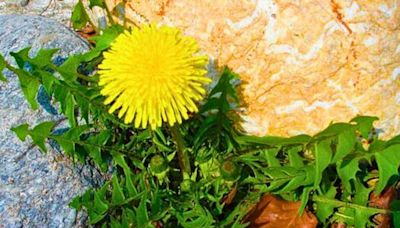Search results
Aug 12, 2023 · If you have burnt grass and are looking to remove them all so that you can regrow the lawn grass, then this section will help you. Here we review the steps to take that will assist you to regrow the grass without plenty of hassle.
- Fertilizer Burn (Too Much Nitrogen) Nitrogen turns grass that beautiful green, but too much nitrogen can cause serious damage. Fertilizer burn is when you apply too much synthetic fertilizer to your grass, either by applying more than the fertilizer calls for or by applying it unevenly.
- Animal Urine. Animal urine is high in nitrogen, so when dogs urinate on grass, the grass can turn straw-colored. Treat animal urine like you would fertilizer burn, hosing off the patch in quick watering’s to carry the excess nitrogen deeper into the soil.
- Heat Burn. Heat burn happens when the lawn is stressed during high temperatures, like mowing in the hottest part of the day. It can be misidentified as fertilizer burn, especially if you used fertilizer recently, but requires a much deeper watering to treat.
- Herbicide Injury. Herbicide injury appears as brown patches or the grass tips turning white. This could affect your grass from two causes: Using a herbicide not approved for your turf grass on something else, but due to rain or windy conditions, the herbicide now coats your grass.
Jun 24, 2023 · Key Takeaways. It is important to assess the damage and identify the cause of burnt grass to prevent future damage. Repairing burnt grass involves removing dead grass, loosening the soil, choosing the right grass seed, and following recommended planting instructions.
May 28, 2022 · With the right lawn treatment plan, your grass can regain its greenness again. First, figure out if excessive nitrogen, heat, a fire, or animal urine was the cause. When treating your burnt lawn, consider the type of grass, local weather patterns, and the cause of the burn.
Lawn burn or scorch from fertiliser, weed killer or dog pee causes degrees of damage from yellowing of the grass to killing areas of lawn. They are normally chemical in origin, though heat can also burn.
Jan 18, 2022 · Treating chemically burnt grass. Sun-parched grass also needs water. You may need to reseed. Grass burn is a sign the roots are stressed, and while that can be the result of too much sun exposure or poor drainage, it's also commonly caused by an excess of nitrogen or mineral salts in the soil.
People also ask
Does heat burn grass?
What does burnt grass mean?
What does burnt grass look like?
How to prevent burnt grass?
Oct 11, 2023 · Discover effective techniques for fixing burnt grass caused by overexposure to sunlight, improper watering, chemical damage, and pet urine. Learn how to assess the damage, restore the lawn, and prevent future damage through proper watering techniques, implementing shade, avoiding chemical damage, and training pets.

